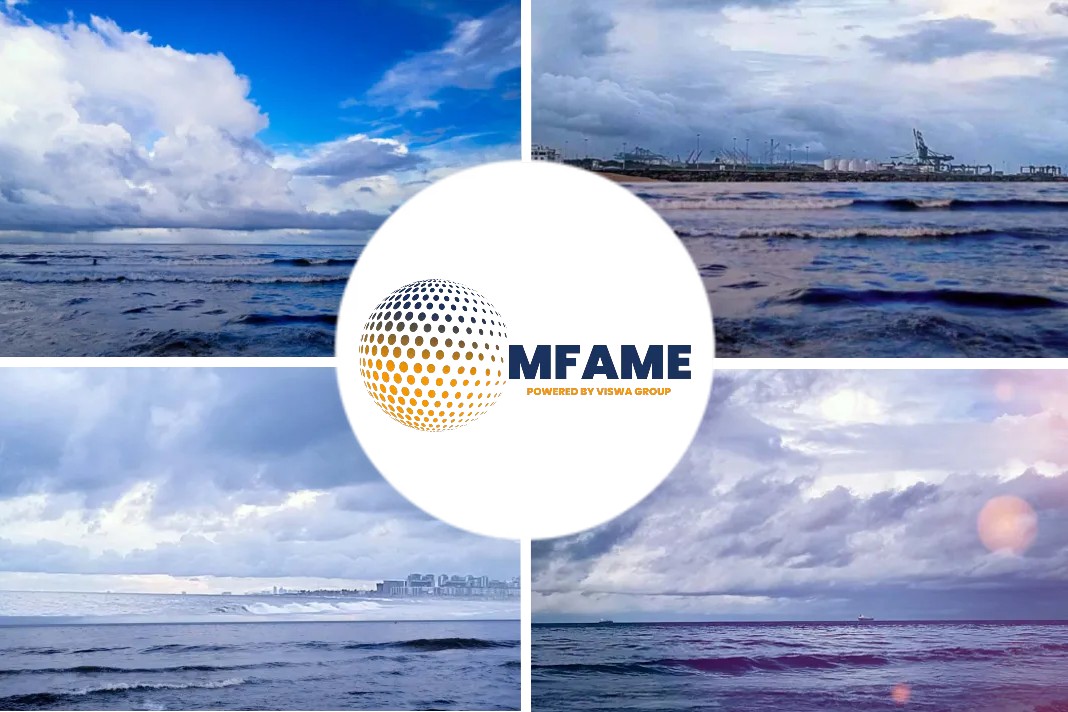
- LyondellBasell sees price declines slowing
- Westlake CEO says Chinese citizens ‘fed up’ with COVID-19 policies
US polyethylene pricing declines may have reached their bottom as 2022 nears its end, but Chinese demand needs to rebound for global demand and margins to improve, LyondellBasell CEO Peter Vanacker said Nov. 29, reports SP Global.
The need for Chinese demand to rebound
China has stepped up resin exports amid lingering sluggish domestic demand as a result of COVID-19 shutdowns. Those ramped-up outflows, combined with drastic declines in freight rates out of Asia, has forced US producers to reduce polymer prices to compete in global markets.
The continued shutdowns have prompted widespread protests against those policies in recent days.
“I think people are fed up,” Chao said, noting that China’s lockdowns have recurred for much of the last two years.
Demand for polyethylene, which is used to make single-use plastics like milk jugs and food packaging, has softened amid high inflation. That inflation has in turn prompted interest rate hikes that have squeezed demand for polypropylene and polyvinyl chloride, which are used to make more durable plastics in vehicles and home construction.
As a result, LyondellBasell, a global PE and PP producer, has reduced operating rates to match softer demand. Vanacker said the company’s European operations were running at 60% capacity, while US operations were at 75% during the fourth quarter.
The company also postponed the restart of its 470,000 mt/year steam cracker in Berre l’Etang, France, until “at least” the end of the year, CFO Michael McMurray said at the conference. The unit was damaged by a fire in August.
China the world’s largest PE consumer
China was the world’s largest PE consumer, which is LyondellBasell’s largest and most profitable business, McMurray said. China normally imports about 40% of its PE needs, and North America exports about 40% of its PE production. China’s weak demand and increased exports have altered those flows, prompting petrochemicals producers to repeatedly say a demand rebound in China is key to a global economic recovery.
He said PP demand in 2022 could be slightly negative compared to 8% growth in 2021 with new supply coming online. ExxonMobil’s new 450,000 mt/year PP unit in Baton Rouge, Louisiana, was slated to start up in Q4, and Inter Pipeline started up its new 525,000 mt/year PP unit in Alberta, Canada, in July.
Chao addressed softer demand for PVC, which is used to make pipes, window frames, vinyl siding and other products, as well as PE. US housing starts have fallen 21% since April, when interest rates started rising, which has prompted producers to export more PVC amid more global competition from Chinese PVC exports.
US export and domestic prices for PE, PP and PVC have fallen since May, and customers reduced purchases to destock inventories before year-end.
“People see the writing on the wall. Prices are down, guess what? They order less,” Chao said.
He said destocking efforts appeared to be slowing, but US exporters continue to face logistics logjams that have stymied exports.
Snags in chassis and truck driver availability, railcars to move resin to packaging warehouses, space shortages in those facilities as well as difficulty getting cargoes loaded on ships continues to hamper outflows.
“Everyone wants to export — that’s the escape valve,” Chao said. “It can take 30 to 90 days to export.”
Did you subscribe to our daily Newsletter?
It’s Free! Click here to Subscribe
Source: SP Global






















